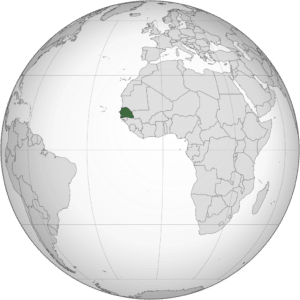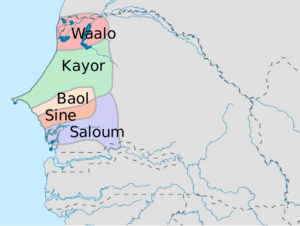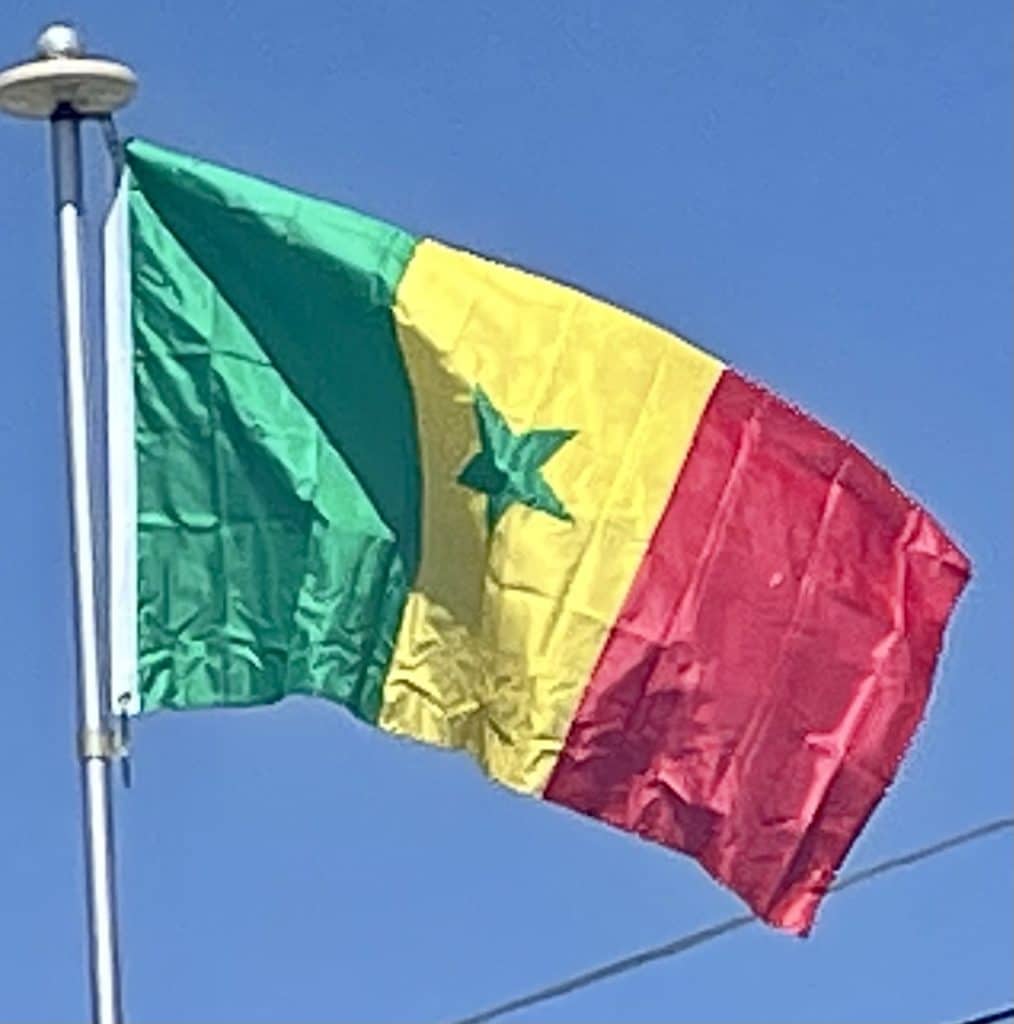Introduction:
Senegal, officially the Republic of Senegal, is a country in West Africa. Senegal is bordered by Mauritania in the north, Mali to the east, Guinea to the southeast, and Guinea-Bissau to the southwest. Senegal nearly surrounds The Gambia, a country occupying a narrow sliver of land along the banks of the Gambia River, which separates Senegal’s southern region of Casamance from the rest of the country. Senegal also shares a maritime border with Cape Verde. Senegal’s economic and political capital is Dakar.

It is a unitary presidential republic and is the westernmost country in the mainland of the Old World, or Afro-Eurasia. It owes its name to the Senegal River, which borders it to the east and north. Senegal covers a land area of almost 197,000 square kilometers (76,000 sq mi) and has a population of around 16 million. The state was formed as part of the independence of French West Africa from French colonial rule. Because of this history, the official language is French. Like other post-colonial African states, the country includes a wide mix of ethnic and linguistic communities, with the largest being the Wolof, Fula, and Serer people, and the Wolof and French languages acting as lingua francas. Senegal is classified as a heavily indebted poor country, with a relatively low Human Development Index. Most of the population is on the coast and works in agriculture or other food industries. Other major industries include mining, tourism and services. The climate is typically Sahelian, though there is a rainy season.
Senegal is a member state of the African Union, the United Nations, the Economic Community of West African States (ECOWAS), and the Community of Sahel-Saharan States.
History:
Early and Pre-Colonial Eras:
Archaeological findings throughout the area indicate that Senegal was inhabited in prehistoric times and has been continuously occupied by various ethnic groups. Some kingdoms were created around the 7th century: Takrur in the 9th century, Namandiru and the Jolof Empire during the 13th and 14th centuries. Eastern Senegal was once part of the Ghana Empire.

Islam was introduced through Toucouleur and Soninke contact with the Almoravid dynasty of the Maghreb, who in turn propagated it with the help of the Almoravids and Toucouleur allies. This movement faced resistance from ethnicities of traditional religions, the Serers in particular.
In the 13th and 14th centuries, the area came under the influence of the empires to the east; the Jolof Empire of Senegal was also founded during this time. In the Senegambia region, between 1300 and 1900, close to one-third of the population was enslaved, typically as a result of being taken captive in warfare.
In the 14th century the Jolof Empire grew more powerful, having united Cayor and the kingdoms of Baol, Siné, Saloum, Waalo, Futa Tooro and Bambouk, or much of present-day West Africa. The empire was a voluntary confederacy of various states rather than being built on military conquest. The empire was founded by Ndiadiane Ndiaye, a part Serer and part Toucouleur, who was able to form a coalition with many ethnicities, but collapsed around 1549 with the defeat and killing of Lele Fouli Fak by Amari Ngone Sobel Fall.
Colonial Era:
The Portuguese Empire was the first European power to colonize Senegal, beginning with the arrival of Dinis Dias in 1444 at Gorée Island and ending in 1888, when the Portuguese gave Ziguinchor to the French.
